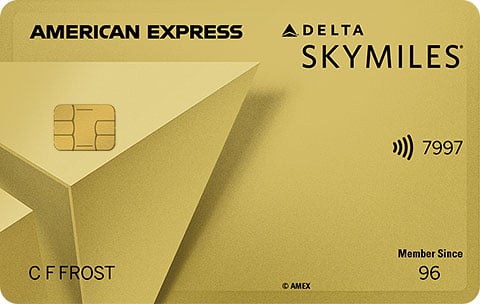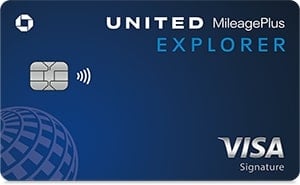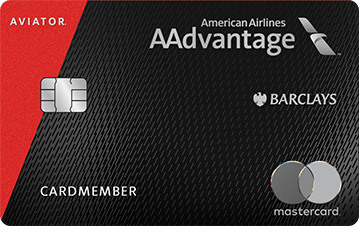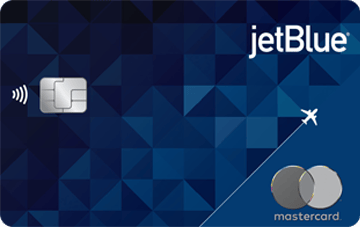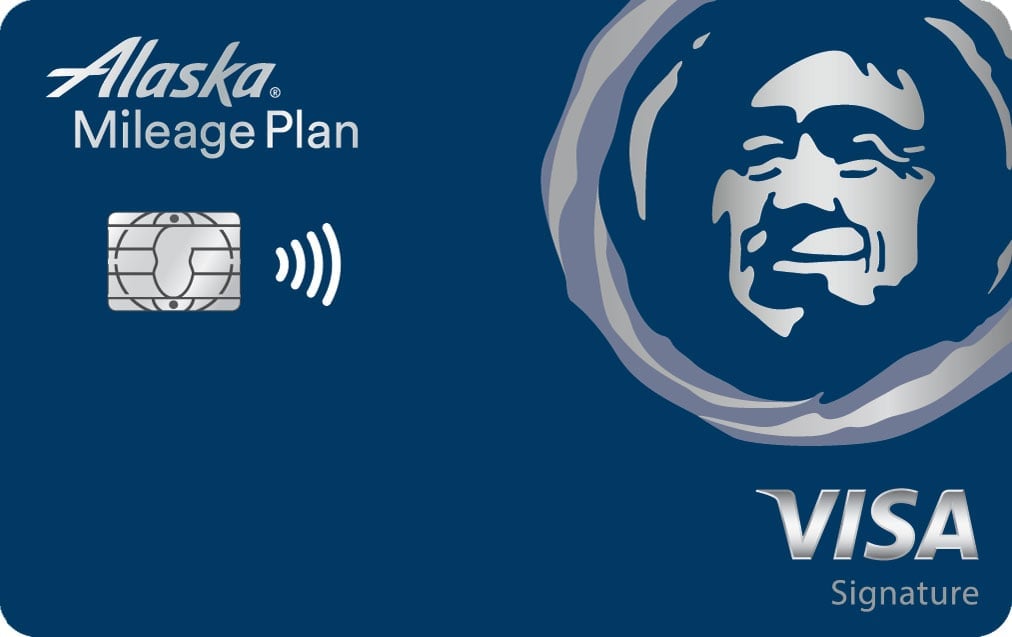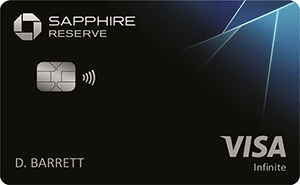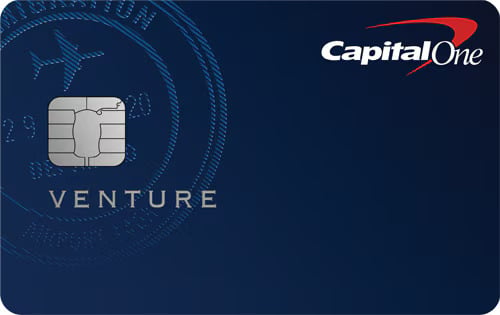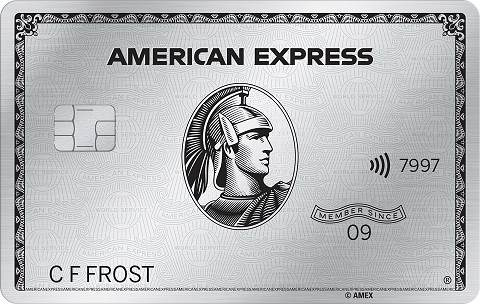7 Must-Know Tips for First-Time Flyers
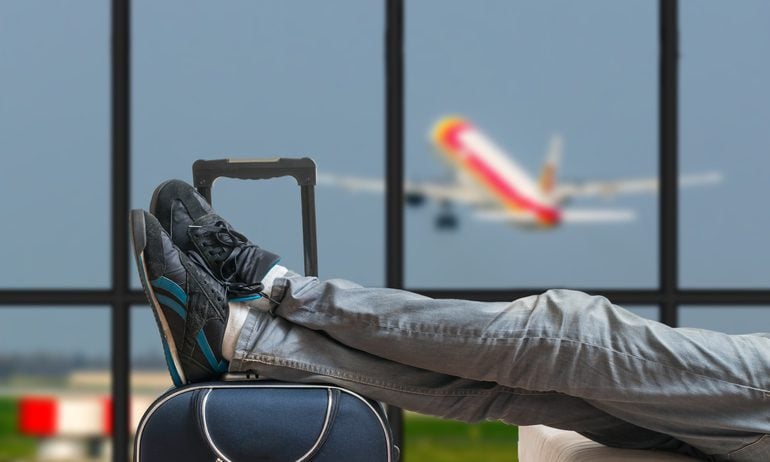
Many or all of the products on this page are from partners who compensate us when you click to or take an action on their website, but this does not influence our evaluations or ratings. Our opinions are our own.
Flying on an airplane for the first time — or the first time in a long while — can be an exciting, life-changing adventure. But it can also be incredibly stressful.
You want to head for the gate with the swagger of a seasoned traveler, but that's hard to pull off when you don't know how much it costs to check a bag, or what to expect when you go through airport security.
So how can you deal? Reviewing these tips before takeoff can boost your confidence, making your trip easier and more worry-free.
Best advice for first-time flyers
1. Check the airline's luggage requirements
It’s easy to overpack — but if you do, it could cost you. Before your flight, visit your airline’s website to review luggage size and weight restrictions, as well as baggage fees. While these vary by airline and fare paid, here's what you can typically bring with a standard fare on a major airline:
Two carry-on items for free: one full-size carry-on the size of a small rolling suitcase or smaller, and one small personal item, such as a purse or backpack.
One checked suitcase (often, one weighing under 50 pounds) for $35 to $40. Checking additional bags could cost more.
If your carry-on bag is too bulky, you may have to pay to check it. Likewise, if your checked bag is over a certain size, you may have to pay a higher-than-usual fee to check it. It's best to avoid these surprises, if possible.
"If you’re a nervous flyer, little things can really set you off,” says Jackie Sills-Dellegrazie of New York City, founder of the travel blog The Globetrotting Teacher. “Even if it’s not a big deal, and you get to the check-in counter, and they say, ‘Oh, by the way, there’s a $35 bag fee,’ and you weren’t expecting that, that could just be something that rattles you."
Remember, if you pack light enough, you could avoid baggage fees altogether.
Having an airline credit card can mean waived checked baggage fees, as well. For example:
$0 intro for the first year, then $150.
$0 intro for the first year, then $150.
$99.
$99.
$95.
First checked bag free for you and up to eight others on your reservation. Terms apply.
First checked bag free for you and a companion traveling on your reservation.
First checked bag free for you and up to four others traveling on your reservation.
First checked bag free for you and up to three others traveling on your reservation.
First checked bag free for you and up to six others traveling on your reservation.
2. Pack essentials in your carry-on
If you’re packing anything that’s hard to replace — say, prescription medicine, contacts or glasses, or important paperwork — put it in your carry-on bag. This way, you won’t be without that item in the rare event your checked bag goes missing. You'll also want to pack some in-flight entertainment, such as your laptop, headphones and a book or magazine.
Just make sure you’re following the Transportation Security Administration’s rules for what you can pack. You can’t, for example, bring a big bottle of contact lens solution in your carry-on, but you can bring a 3.4-ounce bottle. And keep in mind that if your carry-on bag is too big to fit under the seat in front of you, you may have to check it. More rules may apply if you're flying internationally.
“The overhead compartments fill up quickly,” says Jeff Klee, CEO of CheapAir.com, an online travel agency based in Calabasas, California. “If you’re in the back of the plane, you might find that there’s no more room, and you’ll have to do a gate check of your bag at the last minute, which isn’t particularly fun." Checking your bag at the gate means your full-sized carry-on bag will travel with the other checked bags during the flight, rather than in the overhead bin.
3. Arrive at the airport two hours early
Catching a plane isn’t like catching a bus; it’s a much longer process. In fact, the TSA recommends showing up at least two hours before takeoff for domestic travel, and three hours for international travel.
Ultimately, you need to give yourself enough time to get your boarding pass, check your bags and go through security before your plane starts boarding. Sometimes, that takes 10 minutes. Other times, especially during peak travel times, it can take much longer.
It’s worth keeping in mind that boarding the plane isn’t a free-for-all, either. Airlines typically start boarding passengers 30 minutes before takeoff in groups. Generally, a boarding time will be printed on your ticket.
4. Keep your ID handy
Decades ago, airport security was relatively lax. “There was one point where you could just walk up to a gate, whether you were flying or not, whether you had ID or not,” Klee says. Nowadays, TSA agents check IDs for passengers over 18.
Save time by having your ID card, driver’s license or passport handy as soon as you step foot into the airport. You’ll need it when checking bags and going through security, and you don’t want to hold up the line while rummaging through your wallet.
5. Wear easy-to-remove shoes
Going through airport security might be the most stressful part of flying — but if you know what to expect, the whole rigmarole can feel much less taxing. Typically, unless you have TSA PreCheck or Global Entry, you have to:
Remove your shoes (unless you’re 12 and under or 75 and older).
Empty the contents of your pockets and remove your hat, belt, jacket, wallet and bulky jewelry
Remove your laptop and liquids from your bag.
Send these items — and your carry-on bag — through an X-ray machine.
Walk through a metal detector or a body scanner (or opt for a pat-down).
Preparing for this — say, by wearing shoes you can easily slip on and off and making sure the items in your carry-on are TSA-compliant — can make the process faster.

WANT TSA PRECHECK FOR FREE?
A number of popular travel credit cards reimburse you for the application fee for trusted traveler programs like TSA PreCheck and Global Entry. Among them:
$95.
$0 intro for the first year, then $150.
$550.
$95.
Statement credit of up to $100 as reimbursement when you charge the application fee for TSA PreCheck or Global Entry to the card. Available once every 4 years.
Statement credit of up to $120 as reimbursement when you charge the application fee for TSA PreCheck, Global Entry or NEXUS to the card. Available once every 4 years.
Statement credit of up to $120 as reimbursement when you charge the application fee for TSA PreCheck, Global Entry or NEXUS to the card. Available once every 4 years.
Statement credit of up to $120 as reimbursement when you charge the application fee for TSA PreCheck or Global Entry to the card. Available once every 4 years.
6. Respect other passengers' space
These days, flights are generally fully booked, and most seats offer limited legroom. This might stress out your fellow flyers, so be sensitive.
“If any of your stuff or body parts are going into another space that’s not yours, you really have to be mindful of that,” Sills-Dellegrazie says. “It can be as simple as, you put your ponytail over the top of the seat and now it’s hanging … across someone’s TV screen, and you don’t even realize it."
Similarly, if you wear perfume or cologne, eat smelly foods or listen to loud music, you might unintentionally upset the person sitting next to you. Of course, you can't plan for everything — maybe you're traveling with an upset child, for example — but do what you can to avoid an in-flight faux pas.
The call for respect doesn't stop once the plane parks at the gate. Though it might not necessarily be the most efficient, many travelers and etiquette experts say that you should wait your turn upon disembarking, allowing the rows in front of you to exit before you do. And — there's no need to rush to get your bag only to stand in the aisle and rub elbows with everyone else.
7. Have a backup plan ready
Now for a game of “worst-case scenario,” first-time flyer edition: What happens if you miss your flight or your flight gets delayed or canceled?
First, take a deep breath.
If you miss your plane because of unforeseen circumstances, such as a major traffic delay, the airline will often put you on standby for the next flight without charging extra. Just remember that you generally need to notify the airline within a couple of hours of missing your flight to get rebooked for free.
If it looks like you'll miss a connecting flight, check the smartphone app offered by your airline or the screen in the airport to find out which gate your flight departs from, and whether you've actually missed it. If the flight is delayed, you may still have a chance to board. If you miss the connection and the airline was responsible, you can generally also rebook that flight free of charge — and maybe even get some free meal or hotel vouchers for the hassle.
Smart travelers mitigate the risks of unexpected travel disruptions by booking their flights using a credit card with travel insurance or purchasing a separate standalone travel insurance policy.
In general, be proactive. Have the airline's customer service phone number handy in case you get stuck in traffic, so you can call as soon as possible. Or if you're already at the airport, go to the customer service desk and asking about rebooking. Missing a flight can be a setback, but it doesn’t have to derail your travel plans.
To view rates and fees of the Delta SkyMiles® Gold American Express Card, see this page.
To view rates and fees of the Delta SkyMiles® Platinum American Express Card, see this page.
To view rates and fees of the Delta SkyMiles® Reserve American Express Card, see this page.
To view rates and fees of the Marriott Bonvoy Brilliant® American Express® Card, see this page.
How to maximize your rewards
You want a travel credit card that prioritizes what’s important to you. Here are some of the best travel credit cards of 2025:
Flexibility, point transfers and a large bonus: Chase Sapphire Preferred® Card
No annual fee: Wells Fargo Autograph® Card
Flat-rate travel rewards: Capital One Venture Rewards Credit Card
Bonus travel rewards and high-end perks: Chase Sapphire Reserve®
Luxury perks: The Platinum Card® from American Express
Business travelers: Ink Business Preferred® Credit Card
The Platinum Card® from American Express
Travel
Earn 5X points on certain flights (up to $500,000 per calendar year) and hotel stays, hundreds of dollars a year in credit for travel and shopping, and a suite of perks for high-end lifestyles.


